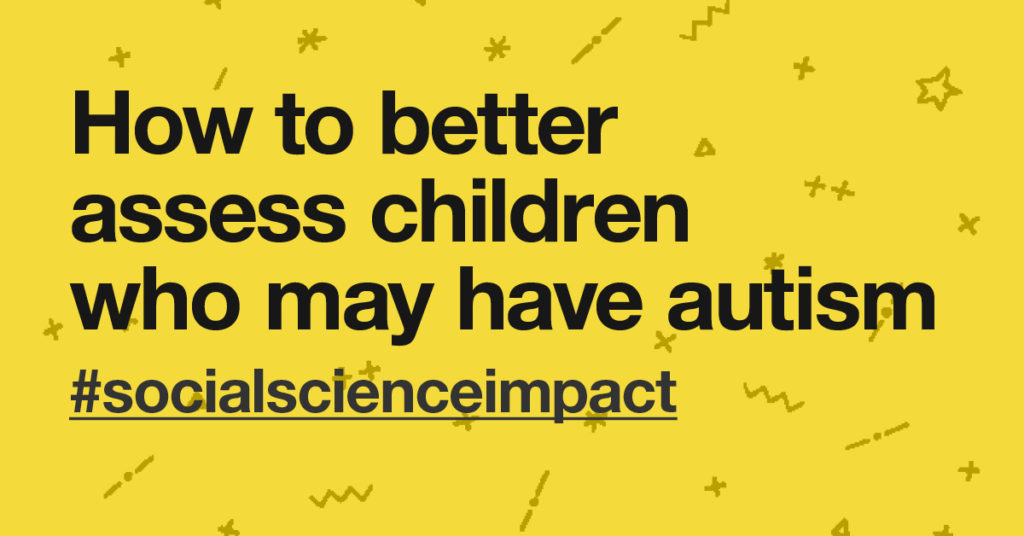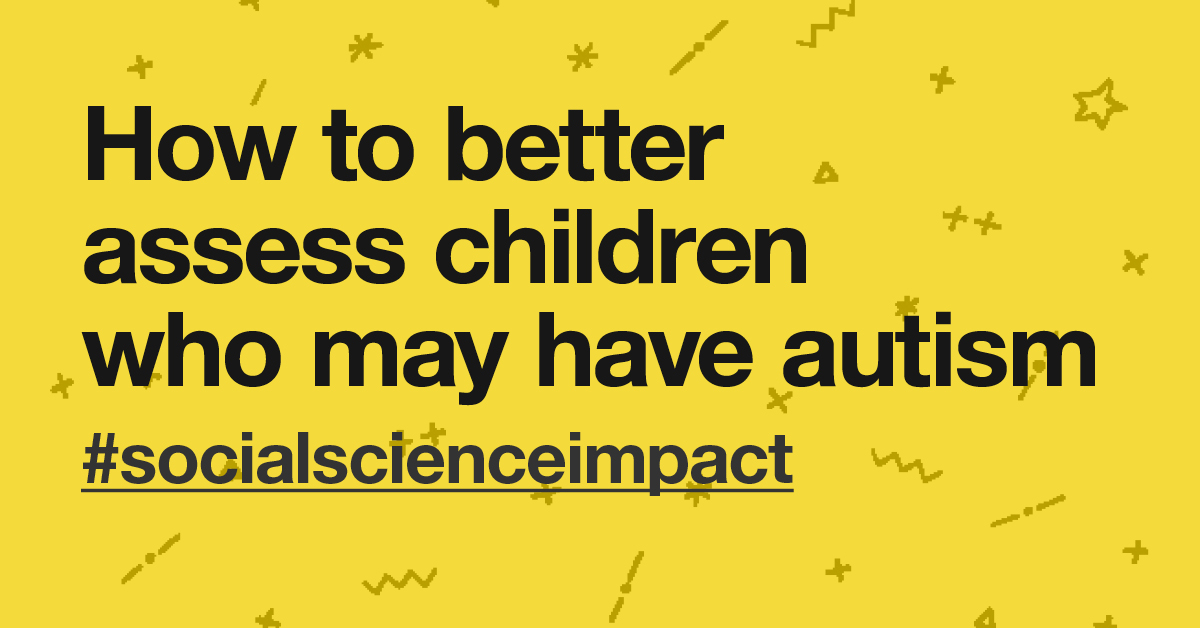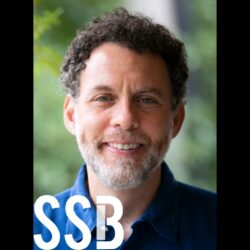How Can We Improve Delivery of Diagnostic Assessment for Children with Possible Autism?

The prevalence of autism in children has risen significantly in recent years, studies from US Centers for Disease Control and Prevention, Northern Ireland and South Korea suggesting this currently sits at 1.5 to 3 percent of children in the western world. This is an increase from UK figures in 2006, which first suggested prevalence had reached 1 percent. This has resulted in an imbalance between demand for diagnosis and the capacity of services to deliver this, such that waiting times for diagnosis have increased, our own unpublished data from 28 diagnostic services, and 500 children, in the UK showing an average wait from referral to diagnosis of 400 days. A recent UK Care Quality Commission report commented:
“[T]he diagnostic pathway commissioned in most of the local areas inspected for autistic spectrum disorder was poor… In some areas, families experienced unacceptably long delays between an assessment being agreed and a diagnosis. In the worst cases, families waited for over two years. Families described becoming even more frustrated and sometimes isolated, with little or no support.”
Consequently, NHS England have prioritized improving diagnostic services for children with possible autism in the 2019 Long Term Plan. This states:
“Children and young people with suspected autism wait too long before being provided with a diagnostic assessment. Over the next three years…test and implement the most effective ways to reduce waiting times…achieving timely diagnostic assessments in line with best practice guidelines…We will jointly develop packages to support children with autism or other neurodevelopmental disorders including ADHD, and their families, throughout the diagnostic process.”
Based on our published study, exploring the costs of diagnostic assessment, which was the only published work exploring this topic, and our plan to carry out a realist evaluation into how best to “provide timely and cost-effective, high quality diagnostic assessments of children with possible autism,” they offered to fund our team to carry out this study (£1 million over three years). This aims to address the questions raised by, and feed directly into the next stage of the Long-Term plan, for example in addressing what resources (human and financial) are necessary to meet increasing demand, whilst maintaining the quality of assessment demanded by NICE guidelines.
So how has this, and will this, make a difference to service delivery, patient experience and national policy, beyond our being commissioned to carry out the NHS England funded study. As part of the study agreement, we will meet regularly with the NHS England autism lead so that emerging lessons can be incorporated into ongoing national policy and service planning. Even at this stage, the knowledge we have acquired from developing the study, and the completed work on costs of autism assessment, has fed both into NHS England, and into local service design, with our local commissioners increasing annual funding of autism and ADHD pathways (or the renamed “neurodevelopmental pathway”) by £500,000.
We have also presented our findings and ideas nationally and internationally, including running workshops on models of service design. For example, one service model which has raised a lot of interest has been integration of CAMHS and child development services in delivering a joined up neurodevelopmental pathway, covering conditions including autism and ADHD, which can often present with similar symptoms, or even co-occur, yet are often currently managed in separate pathways and organisations. Applying our costs methodology suggested that a shared ADHD/autism assessment could significantly reduce time taken and costs compared to an approach where each condition is assessed separately. Locally this has resulted in the development of a shared CAMHS/CDC “complex cases” clinic to manage those children with a mixed picture, and which will hopefully lead to a more generally integrated approach in the future.
Our published work on costs of autism has given a baseline for UK NICE based multidisciplinary practice, both in terms of human resources required (around 13-14 hours professional time per child) and the resulting NHS financial costs (around £800 per child), figures contributing to the NHS Long Term Plan and Transforming Care Program, as well as services and commissioners at local level. This study was based on an online survey of 12 child development centres across the UK, which asked services to record the time spent by different members of the diagnostic team in a typical assessment. Costs were calculated based on the costings from Unit costs of health and social care 2013.
It also led to the award of further funding through the Royal College of Paediatrics and Child Health Polani Award (£7500), to carry out a further (NIHR portfolio) study into costs of assessment, but changing the methodology, to collect data from individual children going through the pathway. The data from this is still being analysed, although interim results have been presented both nationally and internationally. 28 centres participated, giving data from 500 children.
Whilst many children appear to follow the typical pathways as above, it is evident that there is significant variation in time taken for each child, in one centre varying from 100 to 1000 days, reflecting for example, variation in case complexity, and non-attendance at clinics. To some degree this may ameliorate some of the concerns raised about time taken to reach diagnosis, as this may reflect, for example, more complex cases needing longer to reach a safe diagnostic conclusion, as much as the imbalance between demand and service capacity.
Whilst we are on a journey in our research, the studies we have already completed, and even the preparation of our current work, has had significant impact on service funding and design, and on our receiving further funding for the ongoing research. With our current study being carried out in collaboration with NHS England, and with a team including national representative groups, parents, clinical academics, clinicians and experts in realist evaluation and economic analysis, we believe this will have significant impact in answering which existing models of autism diagnostic service delivery offer high quality, timely and cost-effective solutions, and the factors that underpin their success. Ultimately, this should inform the commissioning and delivery of high-quality diagnostic services which offer a positive experience for children and families and their clinical teams, and result in individualized, needs-based and holistic packages of care, whether in the UK, or elsewhere.
This essay is based on the following:
Galliver M, Gowling E, Farr W, Gain A, Male I. Cost of assessing a child for possible autism spectrum disorder? An observational study of current practice in child development centres in the UK. BMJ Paediatrics Open 2017;1:e000052. doi:10.1136/bmjpo-2017-000052
Male I, Reddy V. Should ADHD, ASD and related services be delivered in an integrated way? BACCH News: Dec 2018, 20-22.
Male I, Farr W, Gain A, Gowling E, Milton J, Bremner S, Honey E, Gage H, Parr J. How much does it cost to assess a child for possible Autism Spectrum Disorder in the UK National Health Service: An Observational Study. Presented European Academy of Childhood Disability, 2019.























































































